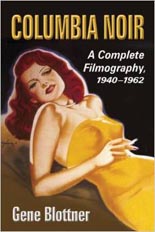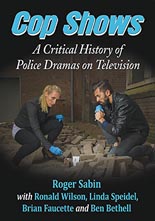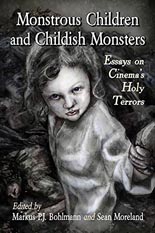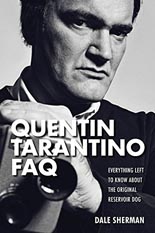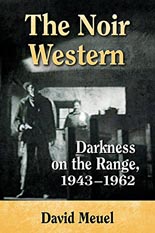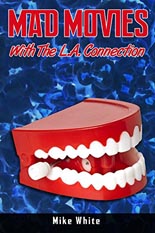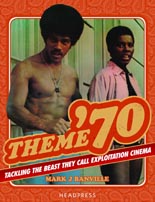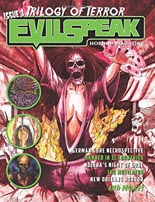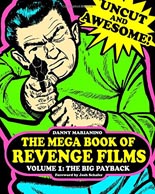
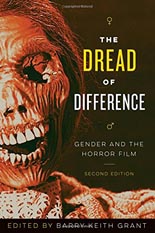 When Aliens was days away from hitting theaters in the summer of 1986, I distinctly remember reading a piece about it in Rolling Stone. In particular, I recall a reference to the original Alien’s Nostromo ship designed as vaginal, while the creature was a phallus.
When Aliens was days away from hitting theaters in the summer of 1986, I distinctly remember reading a piece about it in Rolling Stone. In particular, I recall a reference to the original Alien’s Nostromo ship designed as vaginal, while the creature was a phallus.
How this oddball kernel of film theory snuck in such a mainstream mag escapes me, but it struck me as odd: something I had never thought about before and something that has stuck with me ever since. I was pleased to see the subject merits its own chapter — plus half of another among a full 23 — in the University of Texas Press’ second-edition release of The Dread of Difference: Gender and the Horror Film, edited by Barry Keith Grant.
In “Genre, Gender and the Aliens Trilogy,” Thomas Doherty pegs the aforementioned Nostromo’s design as “‘abstract genital’, a style that is alternately penile and uterine, all sharp tumescent shafts, vaginal entrances, and fallopian interiors.” In later interpreting all three of the major creatures as a dick, he may be reading a bit too much into it, but it’s fascinating to consider nonetheless. (But no, Mr. Doherty, Sigourney Weaver was not nominated for a Best Supporting Actress Oscar for the 1979 classic.) Elsewhere, Barbara Creed’s “Horror and the Monstrous-Feminine” also discusses Alien, to illustrate how the horror film presents female genitalia as objects of both “dread and fascination.” In space, no one can hear you scream about vagina dentata.
As you would imagine, Lianne McLarty has a field day examining all the sexual imagery running (and dripping) rampant in the work David Cronenberg, in “‘Beyond the Veil of Flesh’: Cronenberg and the Disembodiment of Horror.”
The Dread of Difference has more than the act of copulation on its cerebrum. Grant’s own essay (cleverly titled “Taking Back the Night of the Living Dead”) casts light on the feminist stance of George A. Romero’s films; Lucy Fisher outlines how Roman Polanski’s Rosemary’s Baby heralded both “the birth of horror and the horror of birth in the modern cinema”; and Shelley Stamp presents an excellent reading of Carrie (which adorned the cover of Dread’s 1996 first edition) in that Brian De Palma’s shocker endorses the views of Piper Laurie’s crazy-mom character — a position I’ve certainly never considered.
Puberty, family, AIDS, affairs, homosexuality — The Dread of Difference covers a lot of ground. From Cat People and lesbian vampires to slashers and torture porn, many types of fright flicks are thrust under the academic microscope as well. Naturally, these essays are highly intelligent, yet also highly readable, and because of that, the book comes highly recommended. It’s a fantastic, meaty-thick collection as is, but also a good gateway for cinephiles who haven’t yet dared make the leap into reading film criticism, as opposed to the mere “movie review.” There’s nothing frightening about wanting to absorb highbrow talk of a genre generally derided as lowbrow. —Rod Lott

